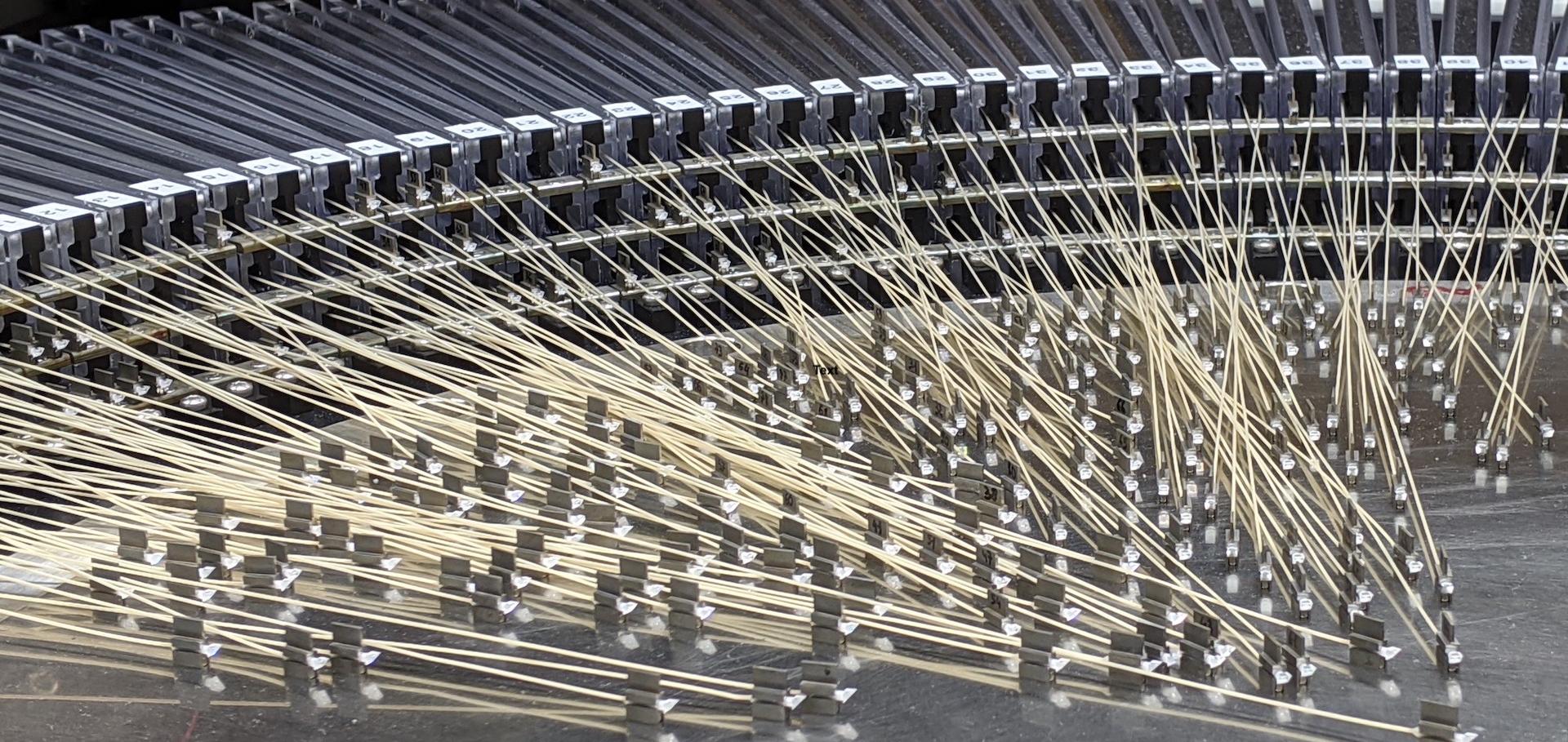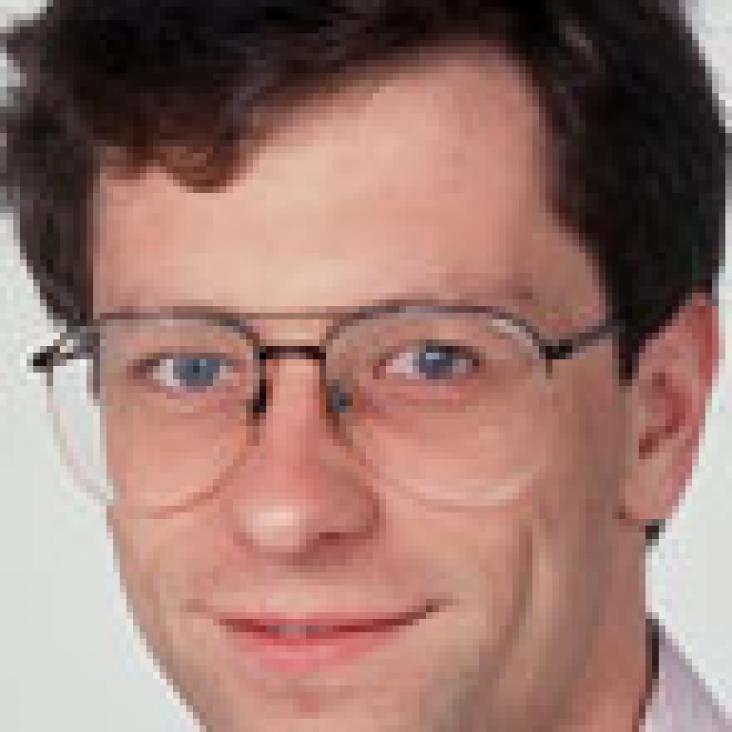HETDEX-LOFAR Spectroscopic Redshift Catalog ∗ ∗ Based on observations obtained with the Hobby–Eberly Telescope, which is a joint project of the University of Texas at Austin, the Pennsylvania State University, Ludwig-Maximilians-Universität München, and Georg-August-Universität Göttingen
Abstract:
We combine the power of blind integral field spectroscopy from the Hobby–Eberly Telescope (HET) Dark Energy Experiment (HETDEX) with sources detected by the Low Frequency Array (LOFAR) to construct the HETDEX-LOFAR Spectroscopic Redshift Catalog. Starting from the first data release of the LOFAR Two-metre Sky Survey, including a value-added catalog with photometric redshifts, we extracted 28,705 HETDEX spectra. Using an automatic classifying algorithm, we assigned each object a star, galaxy, or quasar label along with a velocity/redshift, with supplemental classifications coming from the continuum and emission-line catalogs of the internal, fourth data release from HETDEX (HDR4). We measured 9087 new redshifts; in combination with the value-added catalog, our final spectroscopic redshift sample is 9710 sources. This new catalog contains the highest substantial fraction of LOFAR galaxies with spectroscopic redshift information; it improves archival spectroscopic redshifts and facilitates research to determine the [O ii] emission properties of radio galaxies from 0.0 < z < 0.5, and the Lyα emission characteristics of both radio galaxies and quasars from 1.9 < z < 3.5. Additionally, by combining the unique properties of LOFAR and HETDEX, we are able to measure star formation rates (SFRs) and stellar masses. Using the Visible Integral-field Replicable Unit Spectrograph, we measure the emission lines of [O iii], [Ne iii], and [O ii] and evaluate line-ratio diagnostics to determine whether the emission from these galaxies is dominated by active galactic nuclei or star formation and fit a new SFR–L 150MHz relationship.WEAVE first light observations: origin and dynamics of the shock front in Stephan’s Quintet
Abstract:
We present a detailed study of the large-scale shock front in Stephan’s Quintet, a by-product of past and ongoing interactions. Using integral-field spectroscopy from the new William Herschel Telescope Enhanced Area Velocity Explorer (WEAVE), recent 144 MHz observations from the LOFAR Two-metre Sky Survey, and archival data from the Very Large Array and JWST, we obtain new measurements of key shock properties and determine its impact on the system. Harnessing the WEAVE large integral field unit’s field of view (90 × 78 arcsec2), spectral resolution (R ~ 2500), and continuous wavelength coverage across the optical band, we perform robust emission-line modelling and dynamically locate the shock within the multiphase intergalactic medium with higher precision than previously possible. The shocking of the cold gas phase is hypersonic, and comparisons with shock models show that it can readily account for the observed emission-line ratios. In contrast, we demonstrate that the shock is relatively weak in the hot plasma visible in X-rays (with Mach number of M ~ 2–4), making it inefficient at producing the relativistic particles needed to explain the observed synchrotron emission. Instead, we propose that it has led to an adiabatic compression of the medium, which has increased the radio luminosity 10-fold. Comparison of the Balmer line-derived extinction map with the molecular gas and hot dust observed with JWST suggests that pre-existing dust may have survived the collision, allowing the condensation of H2– a key channel for dissipating the shock energy.
WEAVE First Light Observations: Origin and Dynamics of the Shock Front in Stephan's Quintet
HETDEX-LOFAR Spectroscopic Redshift Catalog
Retrieval of the physical parameters of galaxies from WEAVE-StePS-like data using machine learning
Abstract:
Context
The William Herschel Telescope Enhanced Area Velocity Explorer (WEAVE) is a new, massively multiplexing spectrograph that allows us to collect about one thousand spectra over a 3 square degree field in one observation. The WEAVE Stellar Population Survey (WEAVE-StePS) in the next 5 years will exploit this new instrument to obtain high-S/N spectra for a magnitude-limited (IAB = 20.5) sample of ∼25 000 galaxies at moderate redshifts (z ≥ 0.3), providing insights into galaxy evolution in this as yet unexplored redshift range.Aims
We aim to test novel techniques for retrieving the key physical parameters of galaxies from WEAVE-StePS spectra using both photometric and spectroscopic (spectral indices) information for a range of noise levels and redshift values.Methods
We simulated ∼105 000 galaxy spectra assuming star formation histories with an exponentially declining star formation rate, covering a wide range of ages, stellar metallicities, specific star formation rates (sSFRs), and dust extinction values. We considered three redshifts (i.e. z = 0.3, 0.55, and 0.7), covering the redshift range that WEAVE-StePS will observe. We then evaluated the ability of the random forest and K-nearest neighbour algorithms to correctly predict the average age, metallicity, sSFR, dust attenuation, and time since the bulk of formation, assuming no measurement errors. We also checked how much the predictive ability deteriorates for different noise levels, with S/NI,obs = 10, 20, and 30, and at different redshifts. Finally, the retrieved sSFR was used to classify galaxies as part of the blue cloud, green valley, or red sequence.Results
We find that both the random forest and K-nearest neighbour algorithms accurately estimate the mass-weighted ages, u-band-weighted ages, and metallicities with low bias. The dispersion varies from 0.08–0.16 dex for age and 0.11–0.25 dex for metallicity, depending on the redshift and noise level. For dust attenuation, we find a similarly low bias and dispersion. For the sSFR, we find a very good constraining power for star-forming galaxies, log sSFR ≳ −11, where the bias is ∼0.01 dex and the dispersion is ∼0.10 dex. However, for more quiescent galaxies, with log sSFR ≲ −11, we find a higher bias, ranging from 0.61 to 0.86 dex, and a higher dispersion, ∼0.4 dex, depending on the noise level and redshift. In general, we find that the random forest algorithm outperforms the K-nearest neighbours. Finally, we find that the classification of galaxies as members of the green valley is successful across the different redshifts and S/Ns.Conclusions
We demonstrate that machine learning algorithms can accurately estimate the physical parameters of simulated galaxies for a WEAVE-StePS-like dataset, even at relatively low S/NI, obs = 10 per Å spectra with available ancillary photometric information. A more traditional approach, Bayesian inference, yields comparable results. The main advantage of using a machine learning algorithm is that, once trained, it requires considerably less time than other methods.

